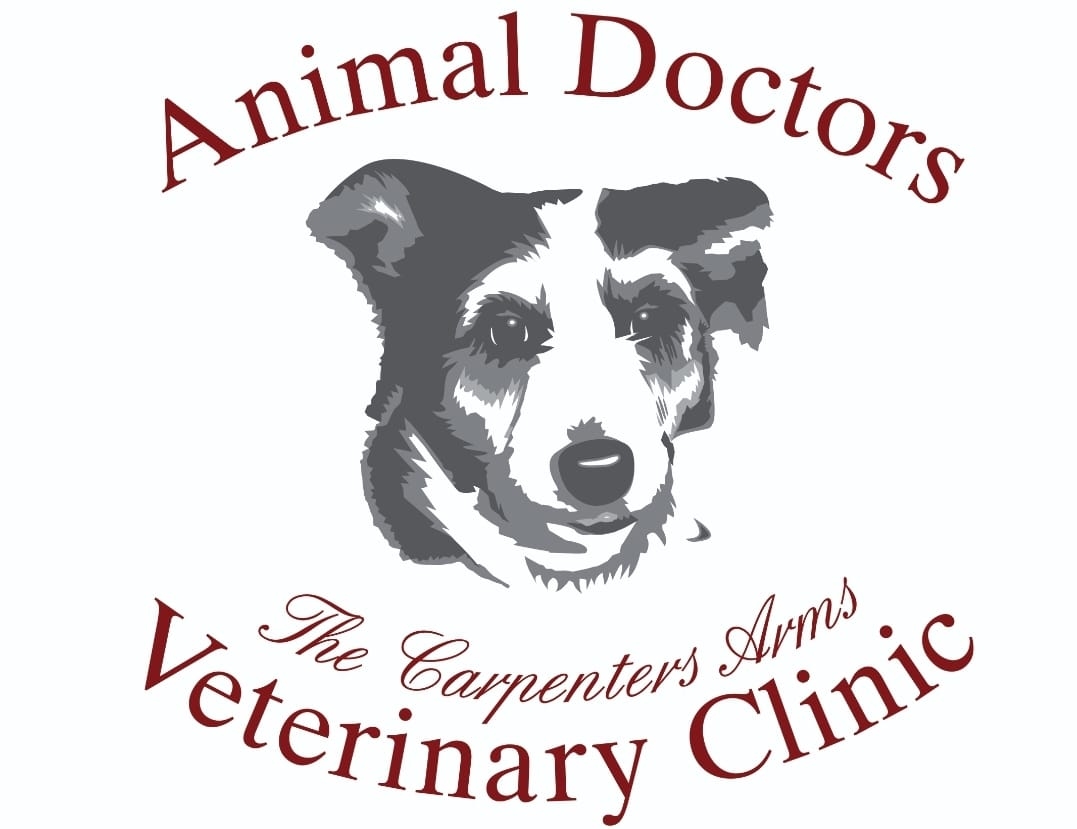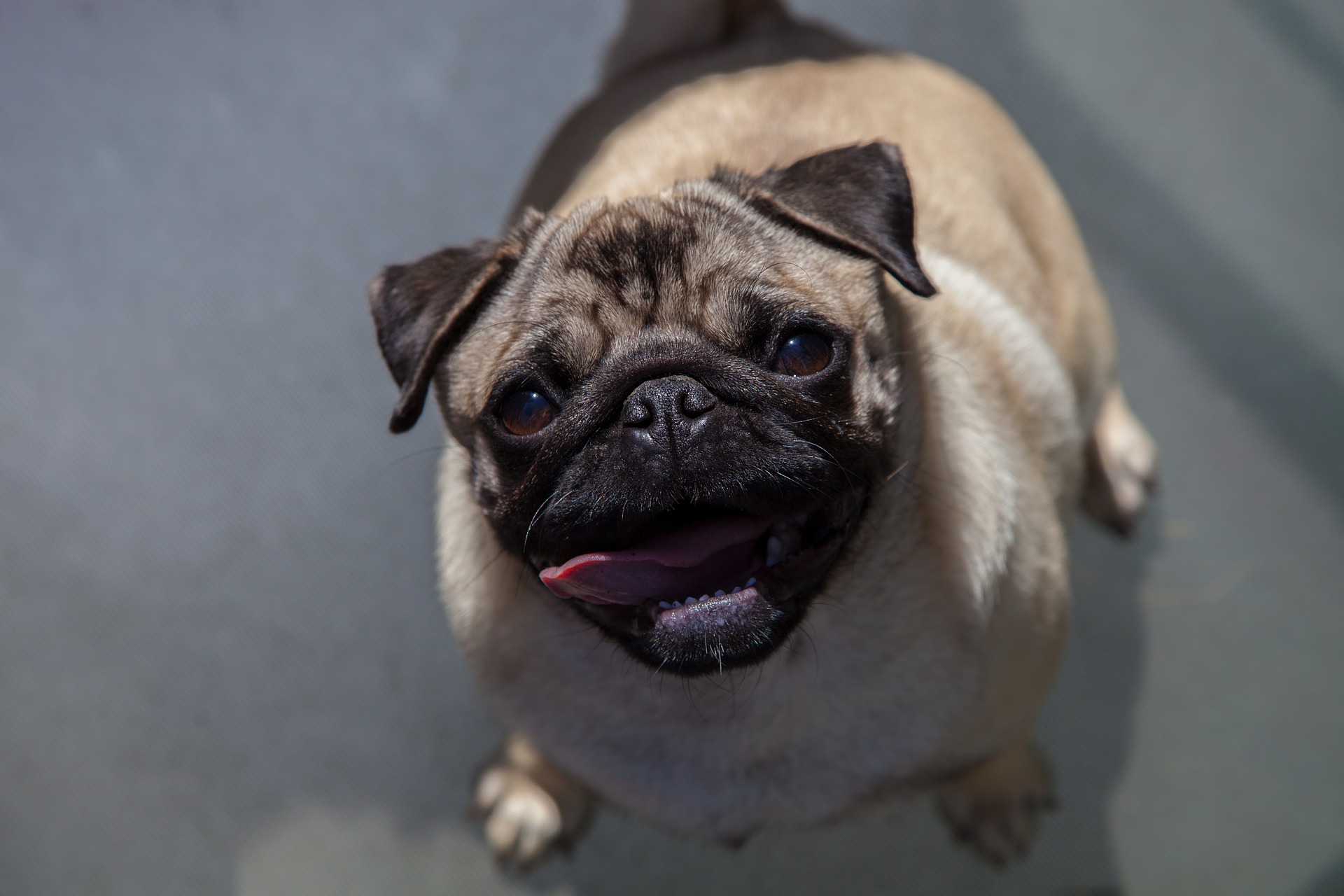Is my pet really overweight?
Obesity is a genuine crisis in the UK at the moment – not (just) for people, but for pets too. Studies suggest that up to half of all dogs and cats are obese or overweight! And while it may seem that we’re being kind in giving them extra snacks or treats when they “look hungry”, we’re actually causing major health problems for them later in life.
Why is being overweight bad for pets?
Carrying extra weight puts additional work on a number of body systems; most especially the joints and lungs. This means that arthritis is much more common, and much more severe in overweight animals! In addition, overweight animals often struggle to breathe well (the fat tends to constrict their ribcage and diaphragm); this is doubly important in short-nosed breeds (e.g. pugs or bulldogs, who often struggle anyway) and small and toy breeds (where tracheal collapse may be a significant risk).
There is some evidence as well suggesting that being overweight puts more strain on the heart; and it also seems to increase the risk of certain tumours forming.
Overall, the ideal weight is somewhere in the middle – not emaciated, but not podgy either!
Why do animals get overweight?
There are a number of factors, including the easy availability of high-calorie “snacks” or “treats”; reduced exercise; and the widespread use of central heating (like all mammals, pets use most of the calories they eat to stay warm; if the house they live in is artificially heated, those calories aren’t burned off).
However, the most important reason is that pet owners often struggle to recognise what a healthy weight for a dog, cat or rabbit looks like! As a result, a pet who is already overweight may be fed extra because their owner thinks they are either just right, or even that they are too thin. For example, some people believe that you should never be able to feel a dog’s ribs, and that if you can, they’re undernourished. This isn’t true!
How do I know if my pet is overweight?
Dogs, cats and even rabbits come in such a wide range of different shapes and sizes that saying “X” is the healthy weight isn’t useful – even within a breed! So instead we use a system called the Body Condition Score (BCS) – a way of estimating the amount of body fat and therefore whether the pet has too much (i.e. they are overweight), or too little (underweight).
There are different scales for each species:
Dogs:
Measured on a scale of 1 (emaciated) to 9 (morbidly obese), a healthy dog should be 4 or 5. A dog of the perfect weight should have a visible waist when seen from above, their tummy should tuck up towards their hip-bones, and you should be able to feel their ribs under a thin layer of tissue. You can see their BCS chart here.
Cats:
Also measured 1-9, a health cat is again 4 to 5 on the scale. Their waist (behind the ribs) should be visible, and there should be a very slight “tuck” to the abdomen, without a significant pad of fat covering the belly. Their ribs should again be easily felt when stroking, but not feel sharp. The cat chart is here.
Rabbits:
Unlike cats and dogs, rabbits are measured on a scale of 1-5, where 1 is emaciated, 5 is obese, and 3 is just right! The healthy rabbit should have a flat rump (not bulging or dipping), and their ribs, hips and spine should be easily felt and feel rounded under the skin – a bit like a “pocket full of pens”. Their abdomen shouldn’t bulge downwards, or tuck upwards, but be nice and flat. You can see the rabbit chart here.
What should I do about it?
While exercise is important, the most effective way to reduce a pet’s weight is by reducing the number of calories they get. This can (and usually should!) involve giving less food, but in many cases giving a special weight-loss diet can help. For dogs and cats, this generally means a “satiety” or “reducing” diet, that makes the pet feel more full, despite having fewer calories in. For a rabbit, it means less seeds, pellets or mix, and more hay or grass.
If your pet might be carrying a few extra pounds, make an appointment to see one of our trained nurses for a weight clinic. They’ll be able to help advise you on feeding, diets, portion sizes, exercise, and much much more! In addition, if they pick up any signs of another medical problem, they can call one of our vets in to do a full health check.

